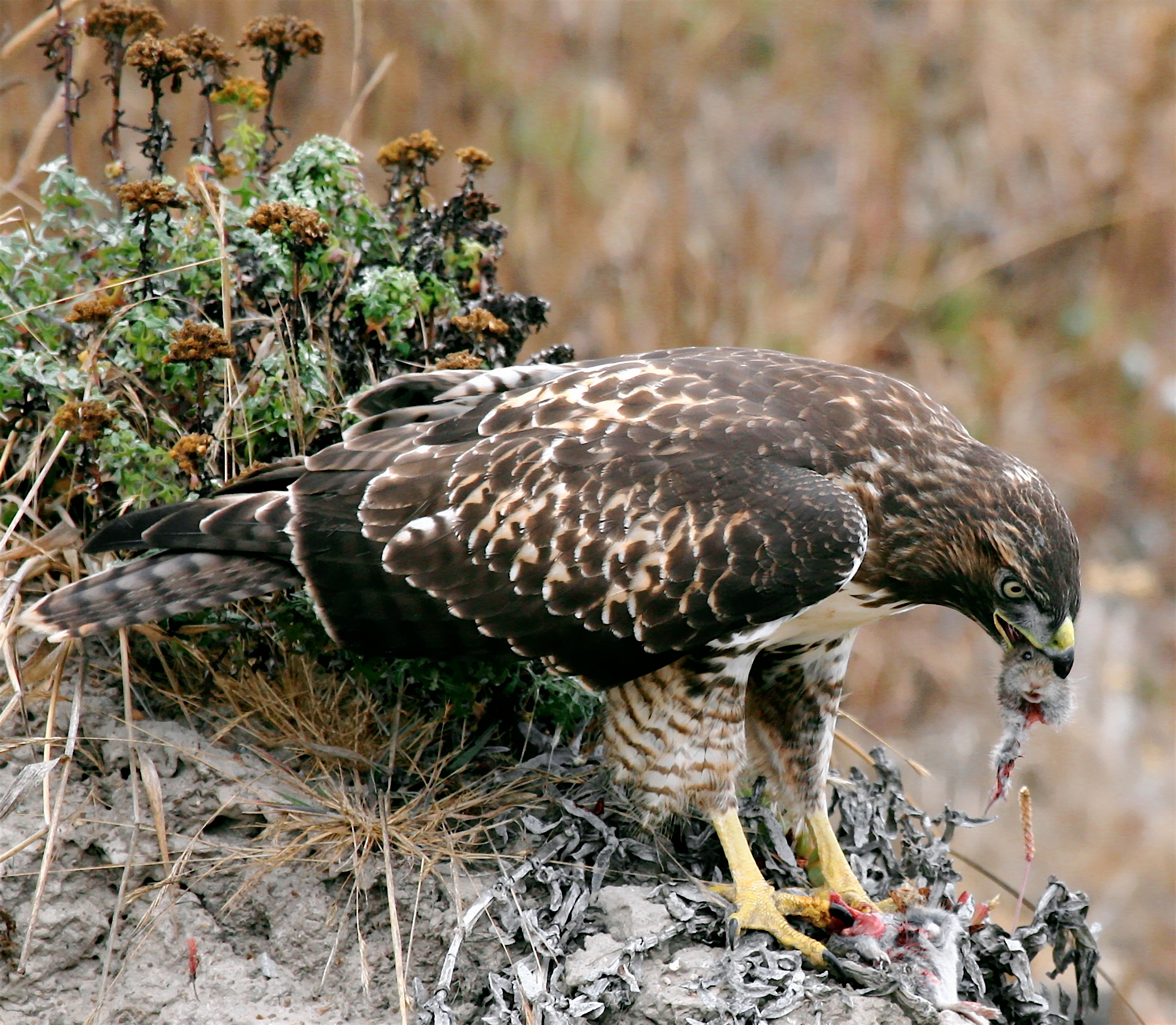Competition Interaction is a contest between individual species, groups, etc. territory, food, and location for resources. There's either groups that compete with another group for one goal which cannot be shared. Competition occurs when there is living organisms that lives in the same environment. Animals compete for food, water, shelter, etc. It's the same for humans.
In commensal interactions, one species benefits and the other is unaffected. The commensal organism may depend on its host for food, shelter, support, transport, or a combination of these.
Mutualism is an interaction between two or more species, where species derive a mutual benefit. One or both species involved in the interaction may be obligate, meaning they cannot survive in the short or long term without the other species. Examples include cleaner fish, pollination and seed dispersal.
Predation describes an interaction where a predator consumes on its prey. Predators may or may not kill their prey prior to feeding on them, but the act of predation always results in the death of its prey and the eventual absorption of the prey's tissue through consumption. Other categories of consumption are herbivory which means eating parts of plant and detritivory, the consumption of dead organic material. For example, parasitic species prey on a host organism and then lay their eggs on it for their offspring to feed on it while it continues to live or on its decaying corpse after it has died.
Parasitism is the relationship between organisms of different species where one organism, the parasite, benefits at the expense of the other, the host. Traditionally parasite referred to organisms with life stages that went beyond one host , which are now called macroparasites. Parasites can now also refer to microparasites, which are smaller, such as viruses bacteria can be directly transmitted between hosts of one species. Unlike predators, parasites are generally much smaller than their host. Parasite show a high degree of specialization for their mode of life, and reproduce at a faster rate than their hosts. Examples of parasitism include interactions between vertebrate hosts and diverse animals such as tapeworms, flukes, the Plasmodium species, and fleas. Parasitism is differentiated from parasitoidism, a relationship in which the host is normally killed by the parasite and which occurs in some species of moth, butterfly, ant, fly and other insects.






No comments:
Post a Comment